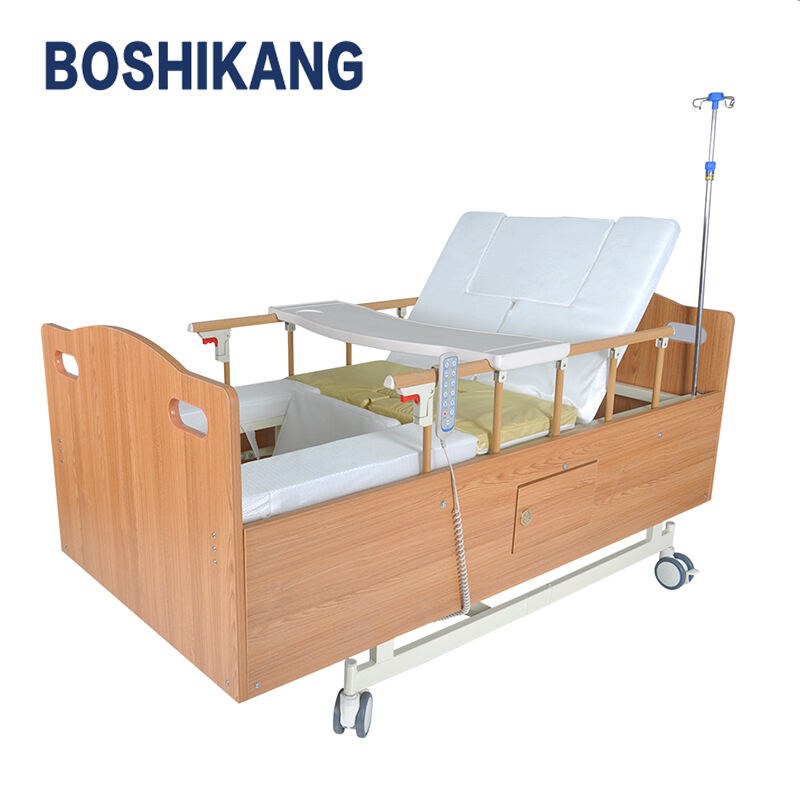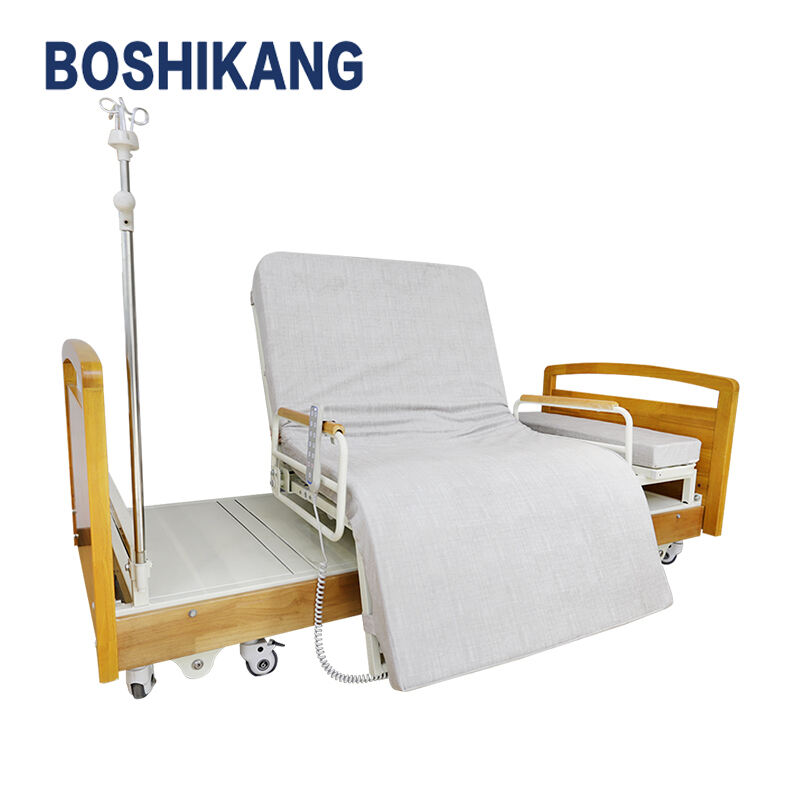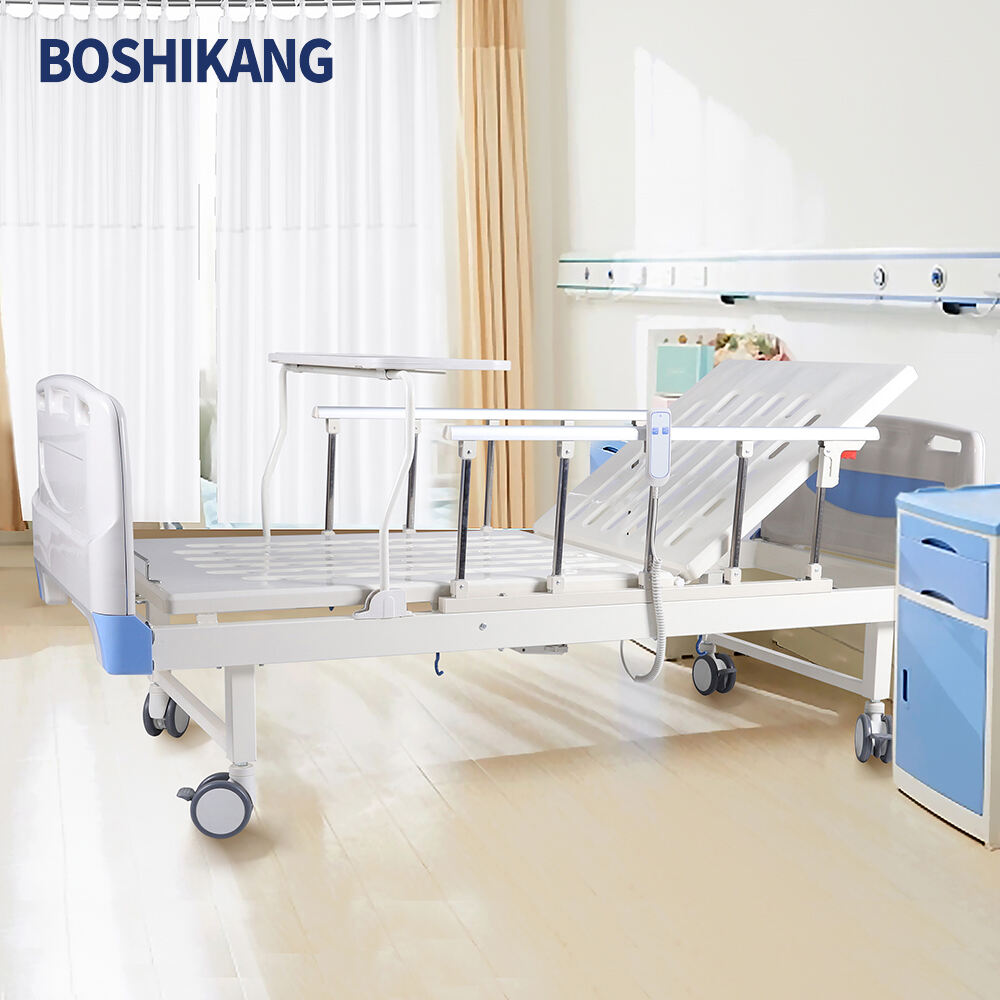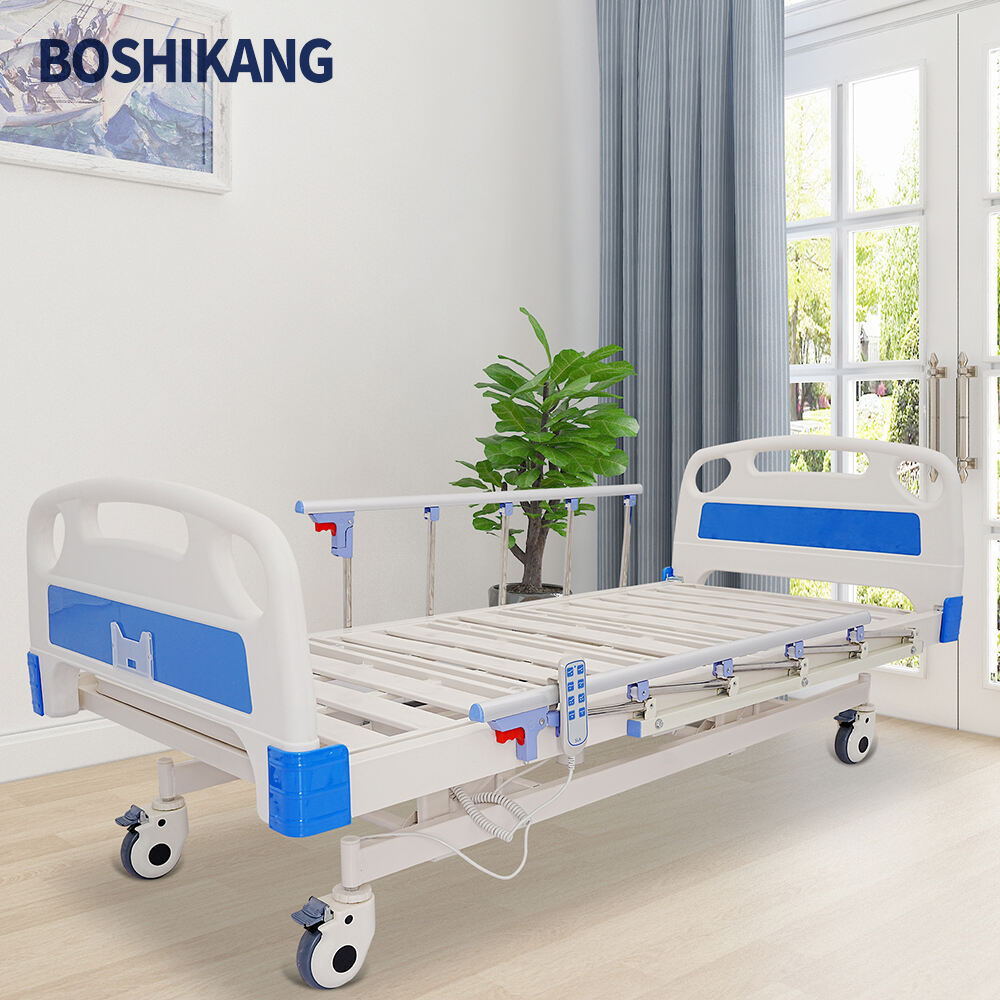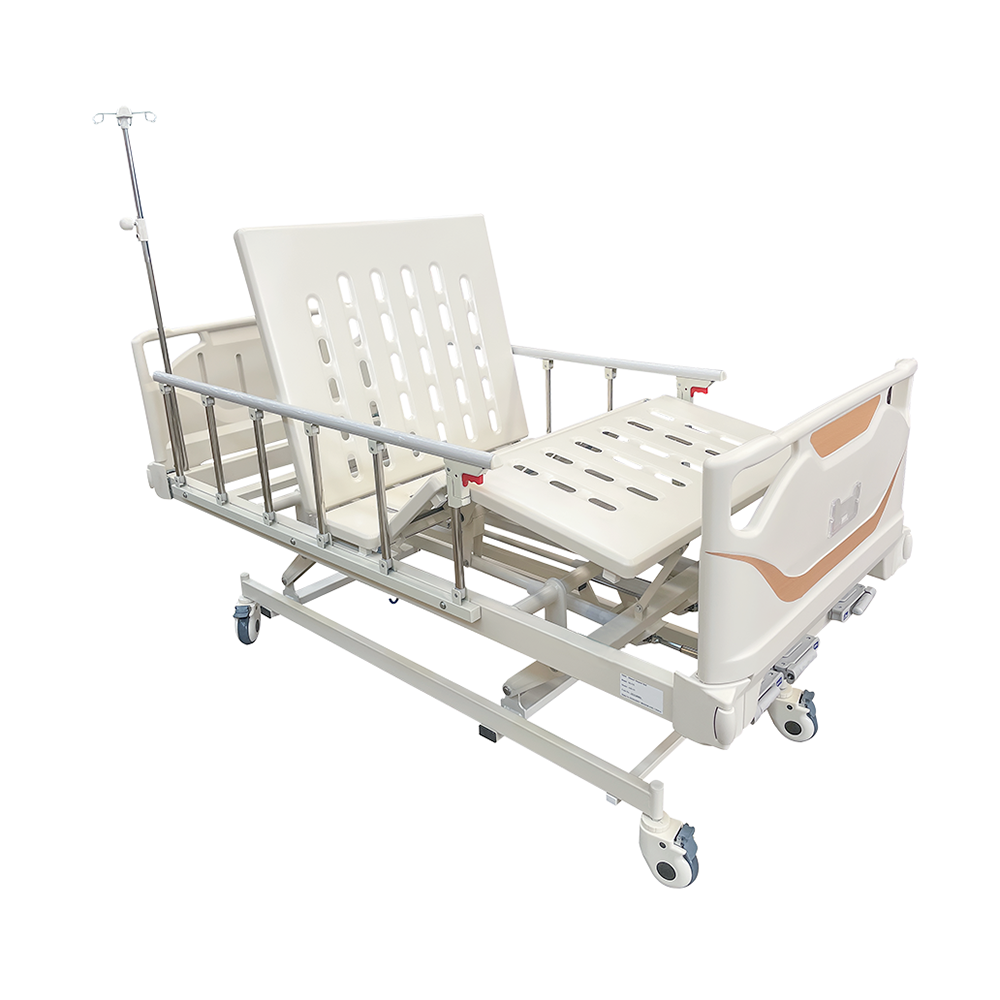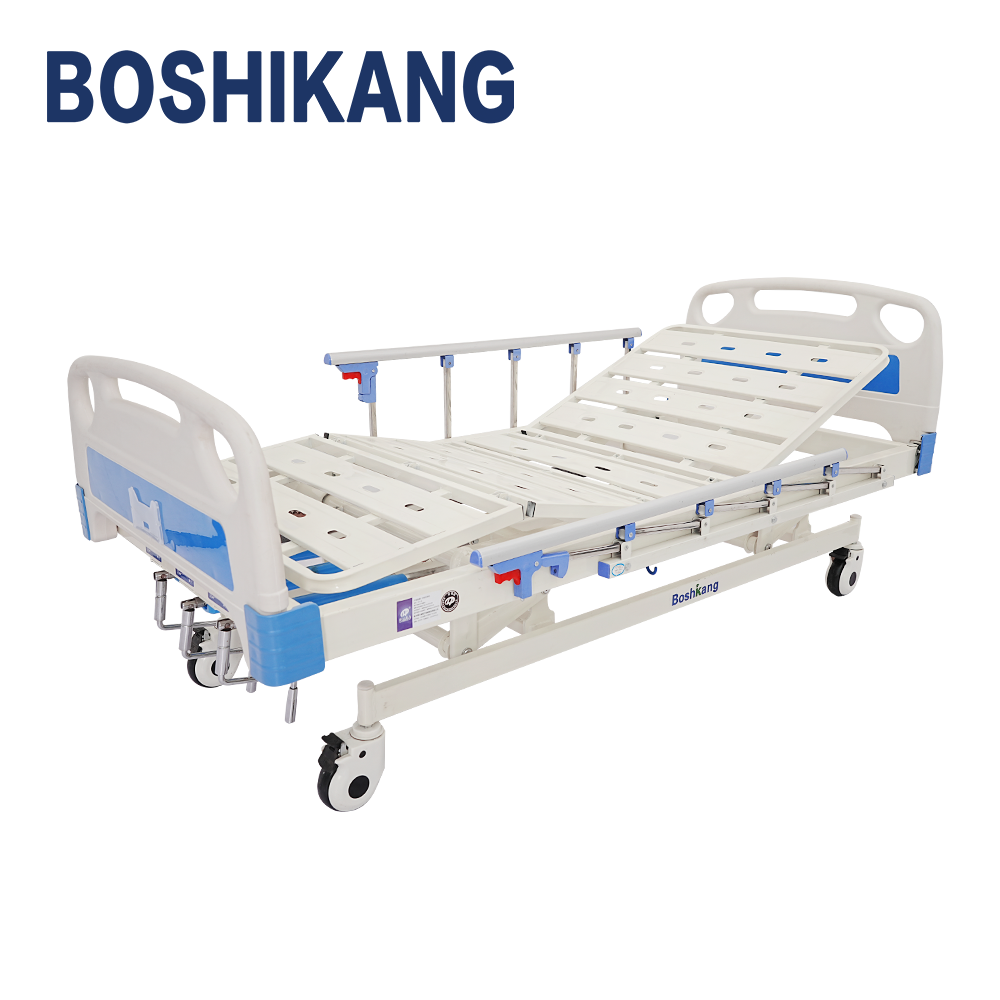patient hospital bed
A patient hospital bed represents a cornerstone of modern healthcare facilities, combining comfort with advanced medical functionality. These specialized beds feature electronically controlled adjustments that allow for multiple positioning options, including head elevation, foot elevation, and height adjustment. The beds incorporate state-of-the-art technology with features such as built-in weight scales, side rail safety systems, and integrated nurse call buttons. Modern patient hospital beds are designed with both manual and electric controls, allowing healthcare providers and patients to make necessary adjustments easily. The frame is constructed from durable materials that can support substantial weight while remaining lightweight enough for mobility. Key features include pressure-relieving mattress systems, emergency CPR release mechanisms, and battery backup systems for power outages. The beds are equipped with wheels that can be locked for stability or unlocked for transport, and many models include integrated IV poles and equipment holders. Advanced models offer features like built-in patient monitoring systems, pressure mapping technology, and fall prevention alerts. These beds are essential in various healthcare settings, from intensive care units to long-term care facilities, providing a versatile platform for patient care, treatment, and recovery.



